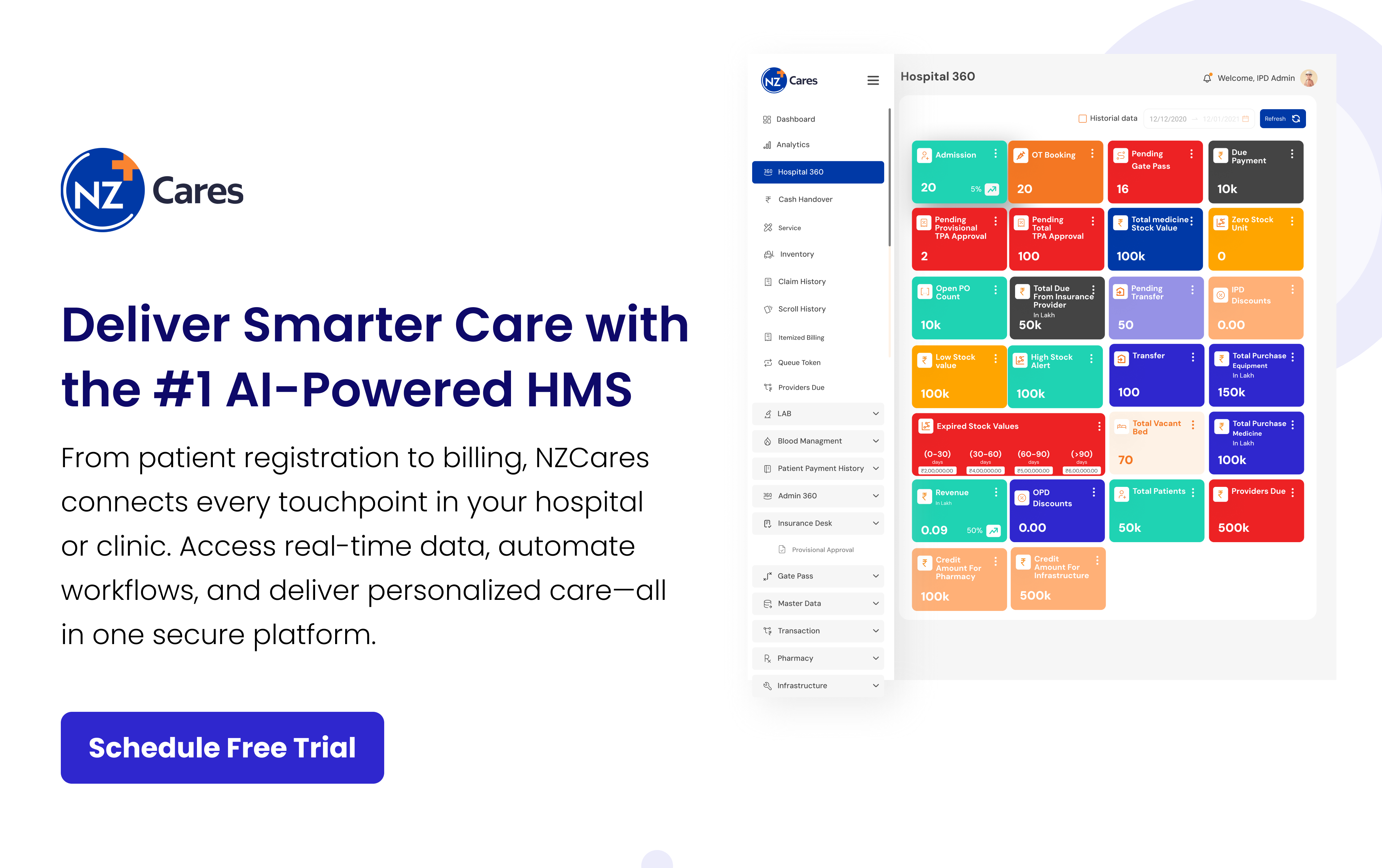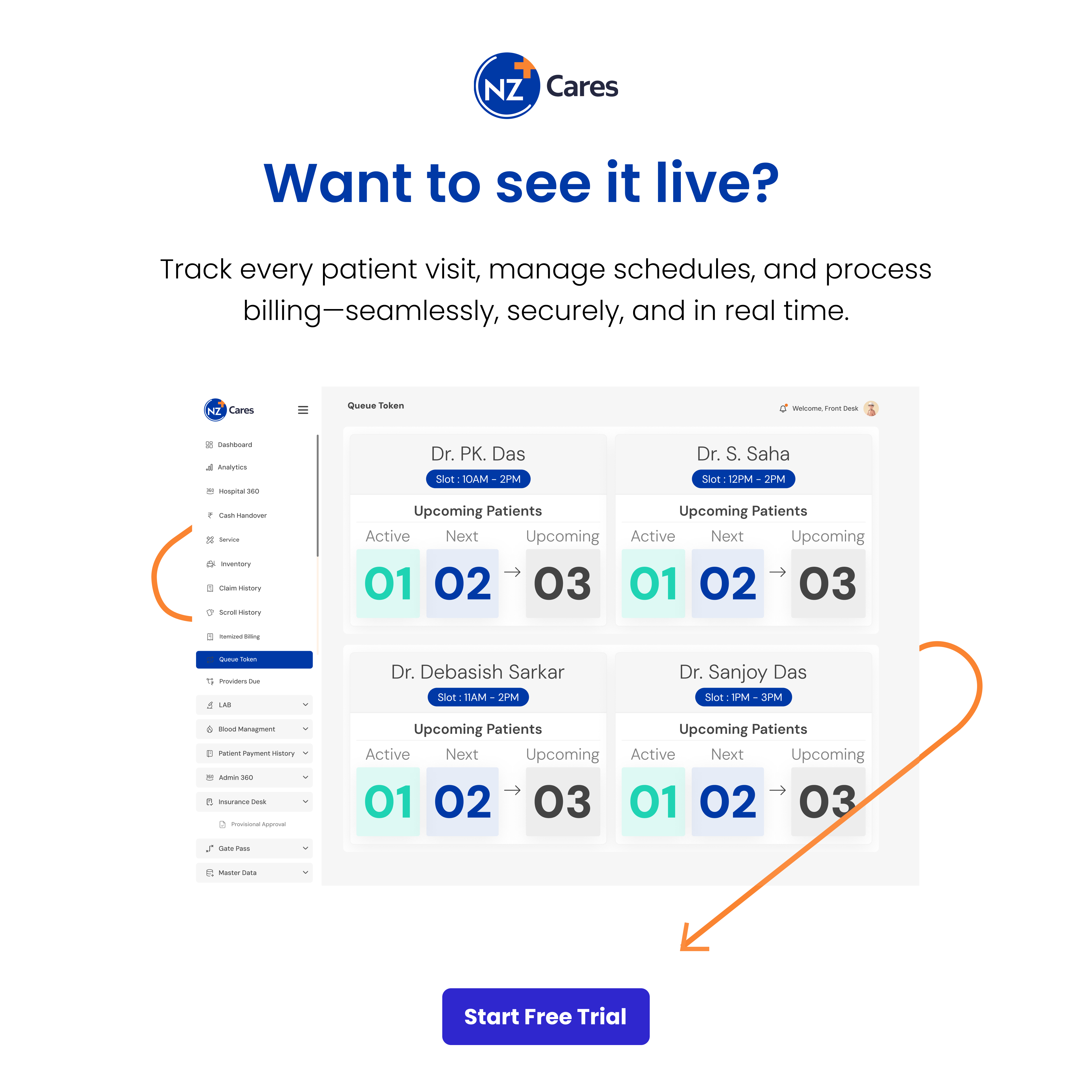The first step in healthcare isn’t always the diagnosis or the consultation, it’s the welcome. Before a patient meets their doctor, before any treatment begins, there’s a process that quietly decides how the rest of their experience will feel.
This is patient onboarding: the stage where information is shared, trust is tested, and expectations are set.
Healthcare has been moving away from a “treat when sick” mindset toward an approach where experience matters just as much as expertise.
It’s the point where a patient starts to believe they’re in capable hands. The smoother this step, the stronger the relationship that follows.
Patients’ expectations are high. They want convenience they get from other sectors like banking or travel which are fast, accurate, and digital. It’s a continuous trend that has been going on since Covid-19 became mainstream.
Due to this, digital healthcare market increased remarkably and valued at USD 302.35 billion in 2024, and projected to reach USD 1.6 trillion by 2035 reflecting digitalization as the new standard in healthcare.
This guide explores how onboarding has evolved into a multi-touch, tech-enabled experience and how NZCares is helping providers master it through its advanced patient management system to achieve optimal patient satisfaction and staff efficiency.
The Changing Face of Patient Onboarding
If the introduction is the handshake, patient onboarding is the conversation that follows. Patients rarely resist care because of the treatment itself, but sometimes the early steps feel confusing, slow, or impersonal.
Read More: Reimagining Primary Health Care in India: The Role of AI, Digital Innovation, and NZCares
Inside the Patient Onboarding Journey
Patient onboarding is more than an administrative checkpoint. It’s the opening chapter of the care experience where new patients are guided into the system, their medical history is understood, and the next steps are mapped out. This includes insurance checks, appointment scheduling, and explaining treatment plans so expectations are clear from the start.
We’ve known how to do this on paper for years, but paper rarely forgives mistakes. Without structure, small delays grow into long waits, and unclear instructions turn into confusion. A thoughtfully built process backed by a patient management system transforms onboarding into a moment that builds confidence instead of doubt.
Then vs Now
Not long ago, onboarding meant clipboards, stacks of forms, and multiple calls to confirm simple details. Every little change had to be recorded manually, taking immense time and revenue lost to clinics and hospitals.
Today, it’s a bit different and much more organized. Digital systems are the backbone of healthcare, and they do all the heavy lifting from patients filling e-forms from home to AI-assistance in repetitive tasks to manage data entry.
It includes eligibility verification, consent collection, first assessments, and even personalized care plans often powered by connected tools like hospital management software platforms that link every department in real time.
Read More: Struggling with Patient Inflow? Here’s How to Increase Patient Flow in Clinic
How It Functions in a Different Healthcare Settings
While the goal is always to create a smooth entry into care, onboarding takes a different shape in each type of facility. The differences aren’t small; they define how quickly a patient can move from “registered” to “ready for care.”
- Hospitals manage onboarding like a multi-lane highway. Admissions, billing, labs, and wards all need to move in sync. Pre-admission instructions and insurance checks often happen alongside health assessments so patients can transition into treatment without unnecessary pauses.
- Clinics work on a tighter timeline. Appointments are booked, intake forms completed, and vitals recorded in one continuous flow. Teleconsult onboarding is becoming common, allowing most steps to be done before a patient even steps inside.
- Diagnostic Centers begin by confirming test requirements, verifying patient identity, and securing consent. The diagnosis results are then sent directly to the doctors EMR system and patients to quickly close the look.
For instance, a hospital may clear insurance approvals through a patient portal before surgery is scheduled. Or a clinic might send intake forms to a mobile phone before a virtual consultation.
Though the environment changes, the process stays the same with a connected patient management system.

Why It Is So Hard to Achieve Smooth Patient Onboarding Process
As you already know, onboarding is the first chapter in understanding a patient’s healthcare history. And every delay, duplicate form, or unclear instruction are all part of it.
Though digital adoption has been around for almost a decade, clinics and healthcare often find it hard to navigate the efficiency gaps in onboarding leading to bad first visit experience. These issues that affect patient onboarding are:
- Data duplication or mismatched records that send staff hunting for corrections.
- Manual verification of insurance or identity, slowing down the line when minutes matter.
- Multiple, disconnected touchpoints like reception, billing, and lab, all are working separately and leaving patients unsure of their next stop.
- Language or accessibility limitations that make the process harder for non-native speakers and differently abled patients.
- A reluctance to use digital tools, particularly among older demographics who prefer familiar methods.
Individually, these may seem small. Together, they shape how a patient remembers their very first interaction with your facility.
What to Do to Achieve Optimal Patient Onboarding
Fixing these issues is just the start, and it isn’t easy to come up with a process where everything works. But the best results come from researching and designing your own strategy to organically influence the patient onboarding process.
Below are some ways that you can keep in mind and utilize them to make patient onboarding both digital and patient oriented. Five steps can help build a future-proof onboarding system:
- Streamline the onboarding workflow by defining each step with a purpose. It cuts out duplicate questions, confusion, and complexity for patients.
- Introduce self-service kiosks or mobile-check-ins to give patient complete freedom and control on registration at their own pace.
- Semi-automate or automated insurance check and payment estimates through hospital information management system to avoid last-minute surprises.
- Give staff coaching on empathy and human care to make the experience personal rather than mechanical and boring.
- Provide multi-language support to patients and accessibility features to make patients feel important and valuable.
When all these strategies work in unison, onboarding becomes much more fun and emotional to make patient care journey meaningful.
How NZCares Patient Management System Enables Digital Patient Onboarding
Onboarding is not a side task handled by a single team or some intern working on the front desk. It is a coordinated effort across departments. NZCares’ patient information management system makes it easy to connect those departments.
It helps every healthcare environment without losing the human touch that is required to serve patients. It reduces operational overloads and quickly adapts to onboarding changes in the workflow.
- NZCares HMS and PMS both are centralized platform for respective hospitals and clinics to give real-time medical data of patients.
- Pre-visit digital forms are already present in NZCares patient management system that helps providers in filling accurate patient details.
- Automated insurance verification and payments to eliminate pre-visit delays.
- It also includes a built-in telemedicine feature so patients can directly connect with doctors from home in just a few clicks.
- Smart dashboard of our hospital management system gives the latest insights and reports on the issues that the hospital is facing to help make better decisions.
With these features, digital onboarding with NZCares is faster, connected, and 100% accurate to exceed patients’ expectation in care.
Read More: From 60 Minutes to 15: Real Results with NZCares Patient Management Software
Benefits of Digital Onboarding with NZCares
When digital onboarding works as intended, its impact is felt on both sides of the desk. With NZCares, the benefits are huge, and they’ve been observed for quite some time.
- Faster processing: Check-in hospital visits are quicker with up to 70% present to prevent long queues.
- Greater accuracy: Automated entry reduces human errors.
- Higher patient satisfaction: Shorter waits and clear communication improve trust.
- More productive staff: Less paperwork means more patient-facing care.
- Compliance by design: HIPAA-aligned, secure handling of health information.
To see these results firsthand, NZCares offers guided demo environments, showing exactly how each part of the onboarding process works together, from the first click to the first consultation.
Tips to Make Patient Onboarding Stress-Free
By the time a patient walks into your facility, their opinion about your care has already started to form. It’s important to be prepared with the right strategy as it can turn an ordinary first visit into an experience that is personal and patient oriented.
Though human involvement is absolutely necessary, pairing it with patient management system ensures the experience is patient expects.
Consider few tips to utilize them into your onboarding workflow:
- Send appointment reminders through connected channels via SMS, email, or your app.
- Offer smart onboarding features on patient portals and physical kiosks to prevent creation of long on the front desk.
- Use visual guides or short videos to help patients navigate online appointment registration.
- Encourage online form completion to cut down lobby delays.
- Collect immediate feedback after onboarding to keep improving in real time.
Conclusion
Seamless onboarding requires more than just mere planning. It is a process which indicates to patients that they are in good hands before doctor consultations begin.
And it is easier with today’s smart patient management software that removes hurdles and process automated insurance checks, provides instant record updates, and clear, multi-channel communication.
But great onboarding doesn’t stay great by itself. It needs regular reviews, team buy-in, and leadership that sees the patient’s journey as part of the treatment itself. Training staff to confidently use tools like EMRs, clinic platforms, and a robust patient management software turns these changes from “new tech” into “new normal.”
NZCares makes this shift simpler, blending automation with adaptable workflows so you can focus on people, not paperwork. It can help you deliver onboarding that feels less like admin, and more like care.

